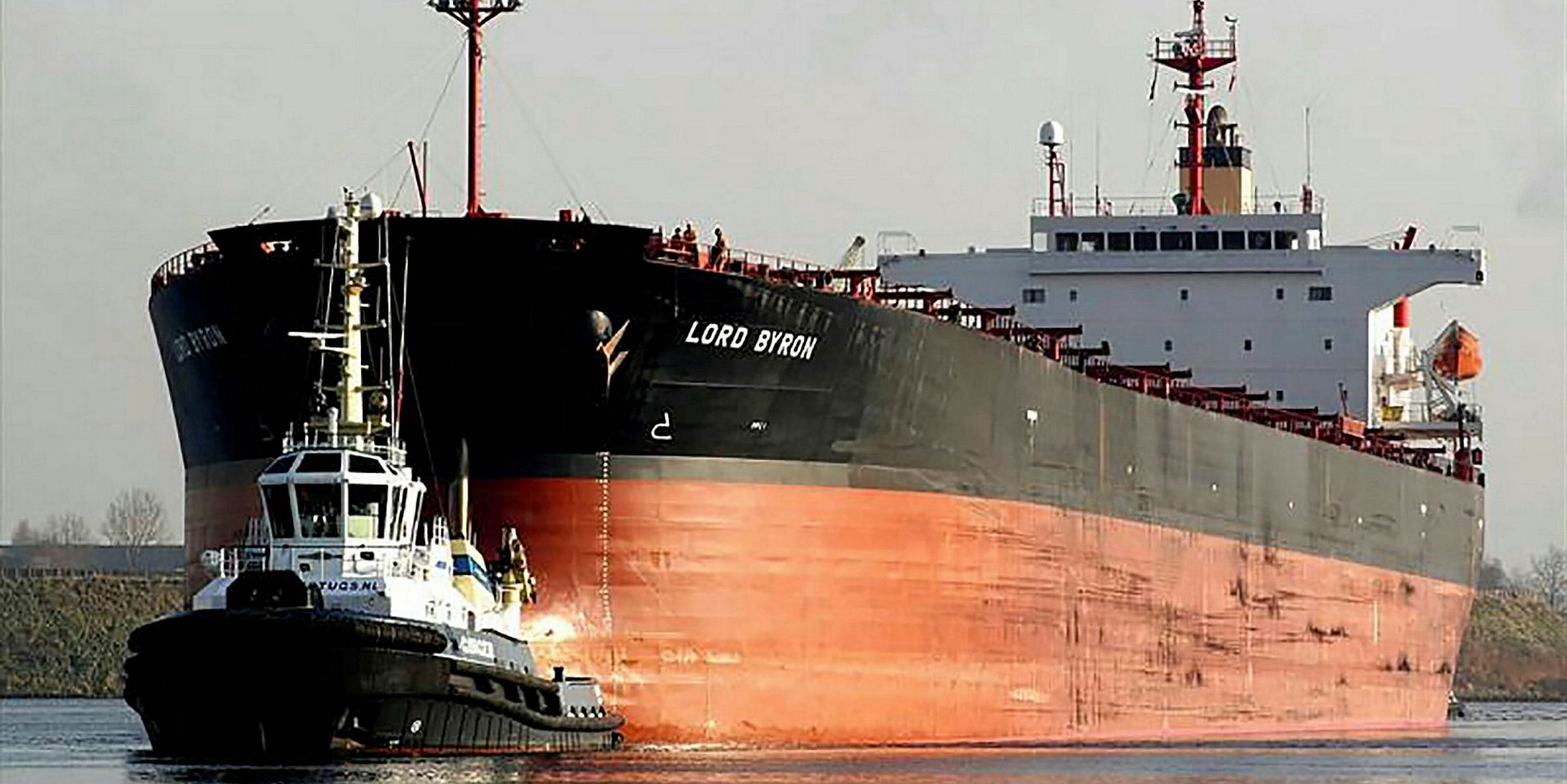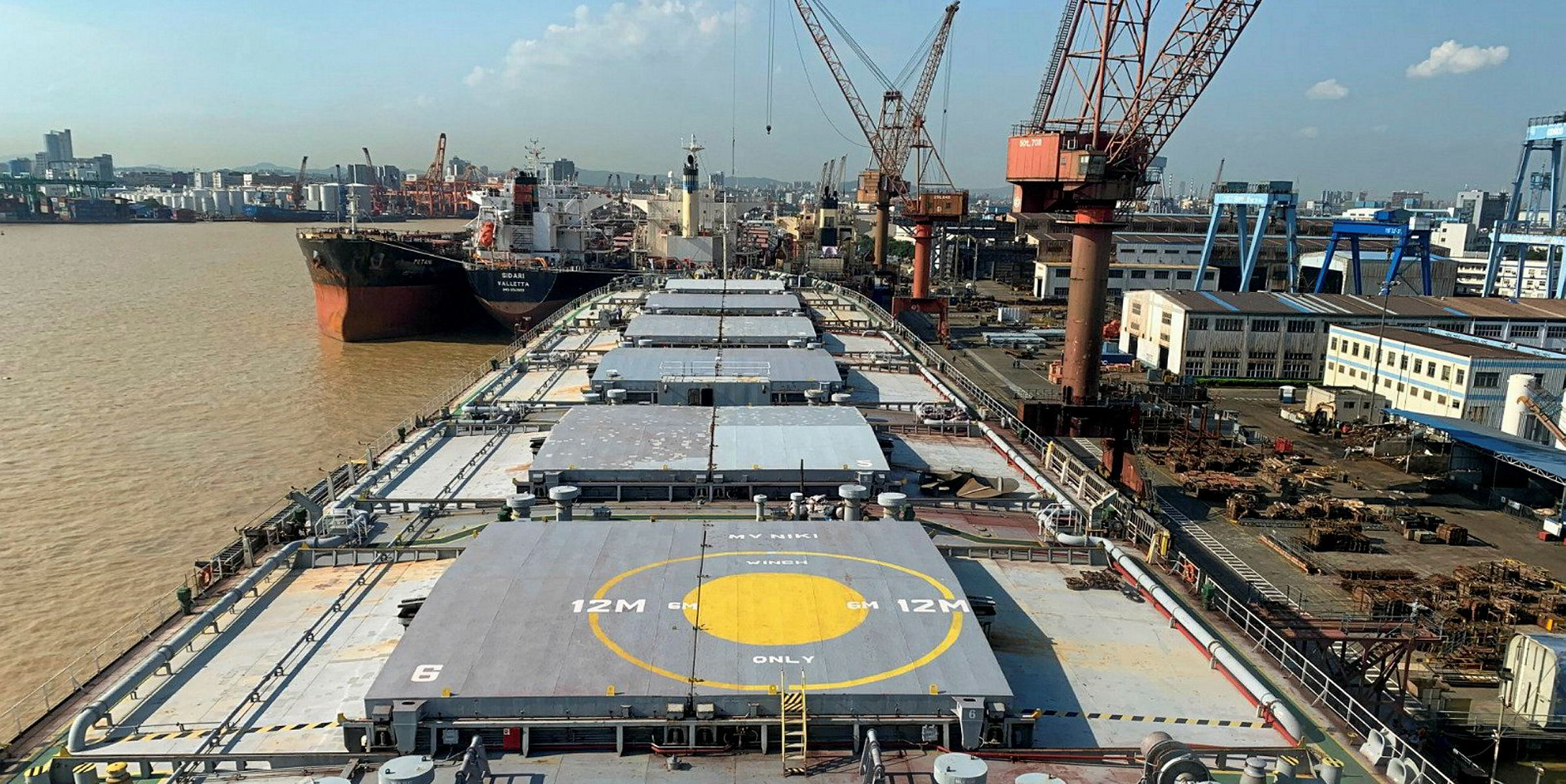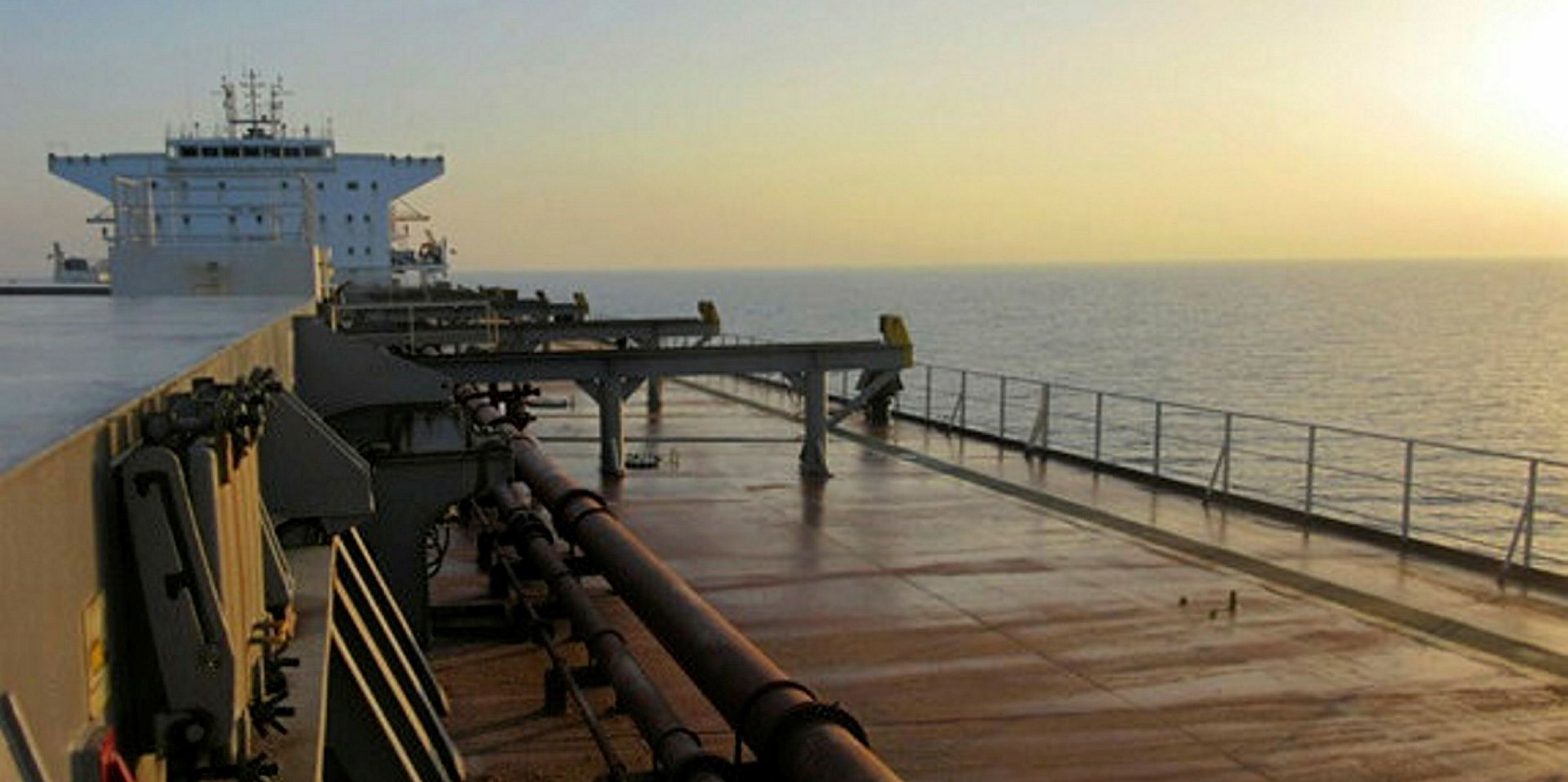Panamax bulkers saw steady rate gains this week amid high demands for Americas-sourced grain and Australian coal.
The weighted time-charter equivalent (TCE) average for the ships that carry from 70,000 dwt to 83,000 dwt gained to $14,070 per day on Friday, a 27% jump on the prior week.
The rate for the benchmark US-China route improved 9% to $43.25 per tonne, according to Baltic Exchange assessments.
The Japan-South Korea transpacific round-trip voyage's TCE rate climbed 19% to $13,242 per day.
"It was a week that yielded impressive gains for panamax owners, with meaningful rises in both basins," the exchange wrote in its weekly dry bulk shipping wrap-up.
"The Atlantic improved drastically with substantial grain demand from US Gulf as well as a rise in mineral cargo, especially coal exports from the Baltic sea."
Seven panamaxes were fixed on Friday, including the Aquavita Sol earning $18,000 per day plus an $800,000 ballast bonus, according to the exchange's fixtures report.
Capesize rates see smaller gains
Capesizes had a less remarkable week as rates moved mostly sideways.
Their weighted TCE average edged up slowly by 9%, while the rate for the benchmark Brazil-China route slid 1% over the week to $17,486 per day.
Two capesizes were fixed on Friday, one being the 170,000-dwt Golden Monterrey (built 2016) to Glencore for a voyage from Australia to China at $8.50 per metric tonne, starting on 24 August.
The other ship was a to-be-nominated 170,000-dwt vessel taken at $8.60 per metric tonne for a trip from Australia to China.
"The capesize market appears to have broken out of its recent downward trend and moved into a range-bound period, trading largely sideways this week," the wrap-up read.
"Time charter spreads between the two basins now stands with the Pacific $3,143 over the Atlantic."
TCE capesize rates should stay around $19,000 to $21,000 per day for the rest of the year amid China's iron-ore demand, Clarksons Platou Securities said.
"Latest steel figures from China are quite encouraging for dry bulk demand," the investment banking arm of shipbroker Clarksons wrote in its daily market report.
China Iron and Steel Association reported that steel production at the country’s 100 largest steel mills is running at +6% year-over-year by late July, reaching record-high output in July."






